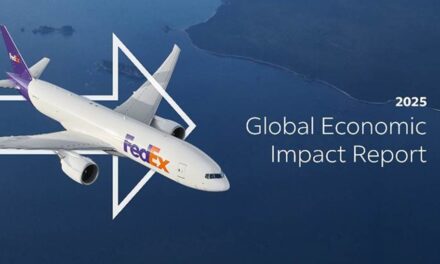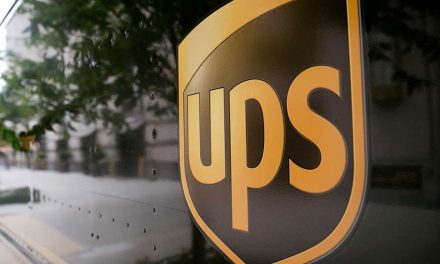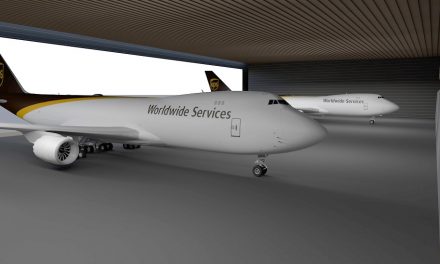
US DOT issues final Beyond Traffic 2045 report
US Transportation Secretary Anthony Foxx has announced the publication of the finalised Beyond Traffic 2045 report, which aims to highlight some of the key transport-related challenges that the United States will face over the next three decades. The wide-ranging report not only looks at the challenges for the key transport modes, but also suggests some solutions – including the use of drones and autonomous vehicles for both personal and freight transport.
In his introduction to the report, Anthony Foxx, the Secretary of Transportation, said: “Now is an exciting time to have this discussion. Our transportation system is on the cusp of a major transformation, akin to the introduction of the steam engine or the automobile. New technologies and business models—automated vehicles, electric cars, unmanned aerial systems, NextGen air-traffic operations, and mobility on demand, to name just a few—promise to dramatically improve the safety, efficiency, competitiveness, accessibility, and sustainability of our transportation system.”
Focusing on the prospects for drone delivery, the report noted: “Google, Amazon, and DHL have been evaluating delivery of packages by unmanned aircraft for several years. Remotely piloted drone deliveries could soon be used to provide high value and urgent cargo to remote and hard-to reach locations. For example, the ability to use unmanned aircraft deliveries could be used to deliver medical supplies to remote areas after a natural disaster has already been demonstrated.”
However, the report also cautioned: “Delivery by unmanned aircraft in dense urban environments presents significantly greater security, safety, and privacy risks, and will likely take longer to develop.”
And the report had this to say about the use of self-driving vehicles: “Fully and partially automated trucks and vehicles at transfer facilities may transform the freight industry. Already, automated vehicles are being implemented in a variety of freight contexts—including transferring containers at shipping ports as well as harvesting corn and other crops. Partial automation, using radar and V2V communication would allow for truck platooning, leading to greater fuel efficiency without compromising on safety. In recent tests, a two-truck platoon led to 10 percent fuel savings for the rear truck and 4.5 percent fuel savings for the lead truck. Low-speed, small-scale autonomous vehicles offer a potential last-mile solution for freight delivery in urban areas.
“Automated vehicles could change workforce needs in the freight industry. Partial automation could allow for remote operation of trucks and transfer facility vehicles, reducing the need for traditional, in-cab drivers. Advanced automation will increase productivity across the freight industry and shift the skillsets needed to work in the industry from manual labor to the more technical skills required for managing and maintaining automated fleets.”
Click here to view the a PDF version of the full report.











